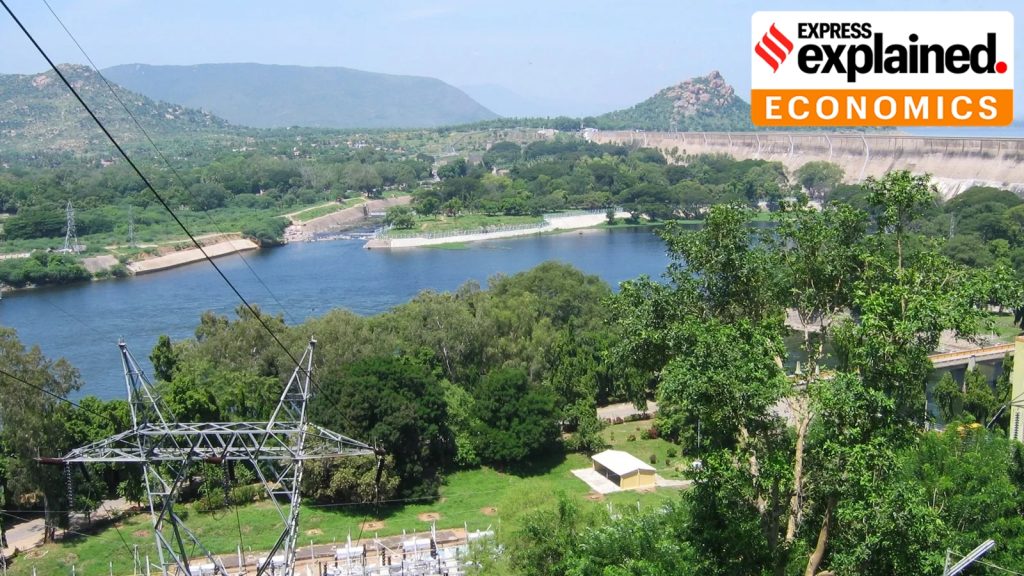December 27, 2023
Tracing Socioeconomic Evolution: A Tale of Two Indian Villages
A Century-Long Journey
- Exploring the metamorphosis within rural India across a century, a comparative study between villages in Tamil Nadu and Uttar Pradesh unveils the intricate tapestry of change. Professor Gilbert Slater, in 1916-17, orchestrated surveys through his students, delving into the socioeconomic fabric of five villages in present-day Tamil Nadu. These villages, termed the “Slater villages,” were revisited over the decades, providing a longitudinal lens into their evolution.
Palakurichi and Palanpur: A Unique Lens
- Palakurichi, nestled in the lower Cauvery delta, stands as a distinctive case study. Subject to scrutiny across 100 years, it illuminates the evolution of a rural Indian village. On a parallel track lies Palanpur in Uttar Pradesh, surveilled every decade post-Independence. These longitudinal studies offer profound insights into the nuanced changes shaping rural India.
Cross-Sectional vs. Longitudinal Studies
- Distinguishing between cross-sectional national surveys and village-centric longitudinal studies, the latter delve deeper into the same locale across time, capturing the pulse of transformation. While national surveys offer a macro view, village studies present micro-level dynamics, complementing the broader narrative with intricate details.
Unveiling Transformations
- The revelations from the 2019 survey of Palakurichi echo a poignant narrative. Once a flourishing agrarian hub buoyed by the Cauvery’s canals, the village witnessed a zenith marked by the Mettur dam and the Green Revolution. However, post the 1990s, dwindling water resources from the Mettur reservoir led to a decline in agriculture. Palakurichi’s occupational landscape shifted noticeably, showcasing a substantial dip in agricultural engagement.
Workforce Diversification
- Similar trends reverberate in Palanpur, signifying a transition away from agrarian roots. The non-farm workforce burgeoned steadily over decades, spotlighting a transformation in the village’s economic fabric.
Shifts in Economic Dynamics
- The empirical data spotlighted a monumental shift in income sources. From contributing a substantial portion in the past, the agricultural sector’s contribution dwindled significantly, mirroring the evolving economic landscape in both villages.
Evolving Power Dynamics
- The surveys unmasked a dwindling dominance of traditional upper-caste landholders, exemplifying the rising influence of previously marginalized communities. The shift in land ownership and population dynamics underscored a significant social and economic metamorphosis.
Implications for Policy
- As rural India transcends its agrarian identity, policy considerations emerge. The need to safeguard land interests while encouraging investments for sustained productivity becomes imperative. Balancing the transition of labor from agriculture while ensuring the continuity of farming practices emerges as a pivotal policy challenge.
Conclusion
- The longitudinal studies of Palakurichi and Palanpur unfurl a narrative of evolution within rural India, emphasizing the intricate interplay between socioeconomic dynamics and policy imperatives. As villages metamorphose, understanding these shifts becomes pivotal for informed policy interventions.
Daily Gist : The Hindu/Indian Express : 30 Jan 2025
January 30, 2025
Gist of editorial : the Hindu/ Indian Express/20 Jan 2025
January 20, 2025
Daily the Hindu/ Indian Express Editorial Gist: 14 Jan 2025
January 14, 2025

